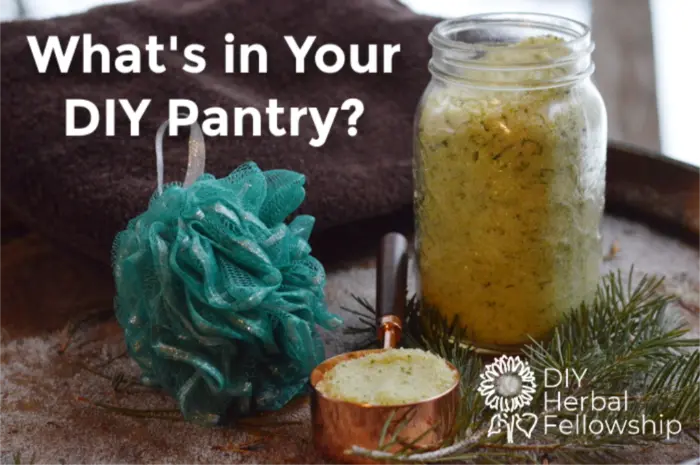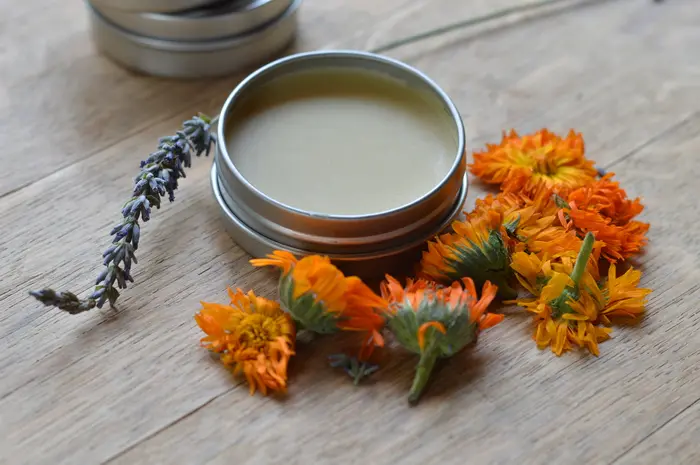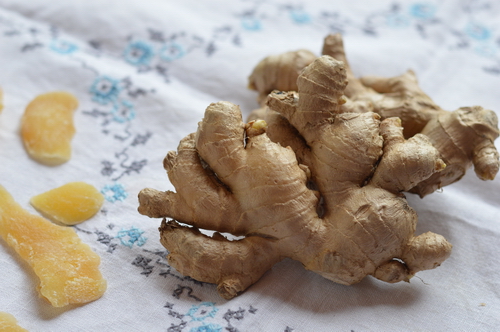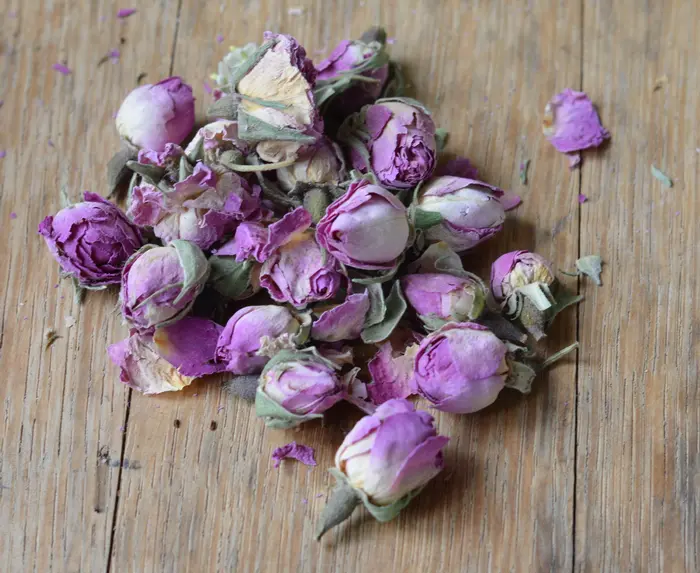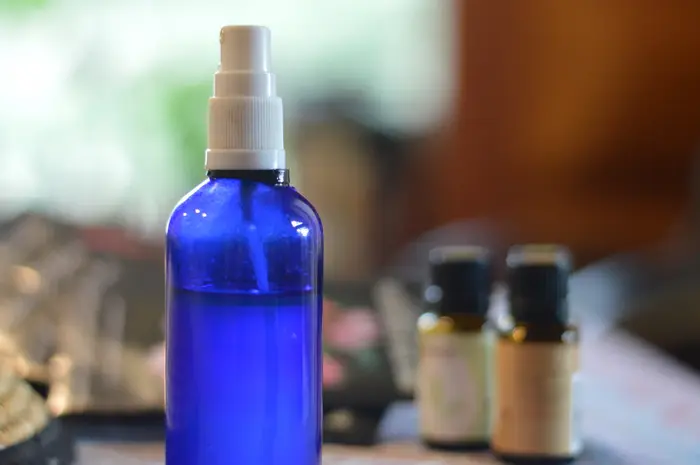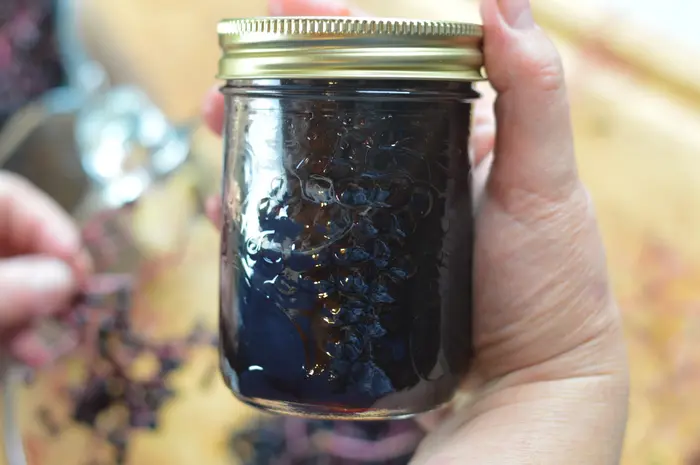When you start on the DIY Herbal Way you need to build a supply pantry from scratch. Those who have been on the DIY Herbal Way already have a store of herbal supplies to draw from but the sprouts are working from scratch.
If you are just starting out don’t despair. You haven’t made any mistakes in your purchases yet. I’d venture to guess that those in the Blooming or Fruitful Herbalist stage have a few mistake purchases they could tell you about if you asked them.
Basic Equipment:
- A saucepan
- A 1 or 2 cup glass measuring cup
- A canning jar ring or other metal piece to keep the jar from touching the bottom of the pot.
- Various containers, tins, bottles, tubes, and jars.
- Wide mouth canning jars with lids (1 piece is idea, but 2 piece will also work)
- Colored glass bottles with drop reducer lids for tinctures
- Small metal funnel set
- Narrow spatula
- Fine mesh sieve for straining oil infusions and tinctures
- Potato ricer (OXO brand)
Optional equipment
- 1 ounce (30ml) silicone molds for lotion bars
- Molds for soap making
- Lip balm tubes
- Wine making equipment for mead making
- 2 quart pyrex bowls for soap making
Pantry supplies
- Extra Virgin Olive Oil OR Sweet Almond Oil
- Rosehip seed oil (for facial products)
- Virgin Coconut Oil
- Beeswax
- Cocoa Butter OR Shea Butter
- Brandy OR Vodka (doesn’t have to be quality alcohol)
- Press and seal tea bags (optional) OR tea ball OR tea strainer
Dried or garden herbs as needed for recipes
For most recipes you’ll only need a small amount of dried herbs. Herbs weigh much less when dried. Usually only 1/4 of what they weigh when fresh. If you bought a whole pound of calendula flowers, for instance it would take several quart jars to store it all. If you need to buy herbs, start with a 1/4 pound of flowers or leaves (2 to 4 cups), 1/2 pound of berries, roots, or bark which are denser (about 1 1/2 cups), 1/2 pound of powdered herbs (about 1 cup).
- Calendula
- Lavender
- Rose blossoms
- Plantain
- Echinacea root
- Elderberries
- Others as needed for recipes
Kitchen spices refreshed annually
- Cinnamon
- Cayenne
- Himalayan salt
- Pepper
- Turmeric
- Ginger (fresh and dried)
- Garlic (fresh and dried)
- Cardamom
- Fennel
- Dill weed
- Sage
- Thyme
- Others as needed for recipes
Quality essential oils
These will be your most dear purchases but you’ll only need a few drops for most recipes. If you’ve already purchased cheap essential oils or you ended up buying lesser quality than you thought, you can use them up in soap making, cleaning products, or bathroom toilet spray. Skin care products should use your best quality essential oils.
You can sometimes save money by buying 30 ml bottles instead of 5ml bottles. These are the essential oils you’ll use most often. Of course avoid any essential oil that you have an allergy to.
For most recipes that are using the essential oils as fragrance and antimicrobial actions like cleaning products or soap, you can substitute the essential oils called for in the recipe for essential oils that you have on hand.
- Citrus essential oil (lemon, grapefruit, lime, sweet orange, or tangerine)
- Lavender essential oil
- Tea Tree essential oil
- Peppermint essential oil
- Frankincense essential oil
- Pine needle or spruce bud essential oil
- Cedarwood atlas essential oil
- Clove bud essential oil (5 ml will last a long time. This is a strong oil but useful for tooth care products, and as a catalyst for other essential oils. It’s one of the more highly antimicrobial essential oils)
- Eucalyptus essential oil
When the essential oil is important to the recipe the qualities that the essential oil brings to the recipe should be clearly stated in the recipe. Then you can make a choice whether you want to invest in the essential oil called for or make a substitution based on the ingredients you have on hand.
Garden Herbs to Grow
We’ll cover this in more detail in a future post, but here’s a start if you are eager to plant some culinary and medicinal herbs. These are for zones 3 to 8. If you are colder or warmer you have other options available to you. Remember though that culinary and medicinal herbs can always be purchased from local or online suppliers.
- Echinacea
- Elderberries
- Peppermint
- Lemon Balm
- Oregano
- Monarda or Bee balm
- Rugosa rose
- Hawthorn
- Tulsi OR Holy Basil
- Dill
- Marigold
- Calendula
Forage for these herbs
While you might grow these ones in your garden you might also find them growing nearby or in the wild hedges in your area, depending on your growing zone. Each eco-system has it’s own beneficial plants, so talk to older neighbors to discover what’s herbally active in your area. You might be surprised at the collective wisdom you find.
- Dandelion
- Elderberry and Elder flower
- Plantain
- Wild rose
- Nettle
- Mullein
- Hawthorn
Books
- Wild Plant Field Guides (specific to your region and climate)
- Herbal Materia Medica
Remember your public library. Try some of the book out for size before you invest in your DIY Herbal library.
You don’t need to run out and purchase all these supplies at once to make the recipes found in the DIY Herbal Fellowship masterclasses. But if you are ready to take an inventory of what you already have in your own supply cupboard, this list is a good place to start.
Your turn
What do you have in your supply cupboard that you use a lot. Did I miss anything on this list that you think should be there as a basic herbal supply?
